Cold Shoulder Tops Three Different Ways
Cold shoulder tops are one of the trendiest looks for fall. They’re easy to dress up or down depending on your mood and are perfect for both hot or cool weather. But you don’t need a special pattern or a trip to the store to create this look for yourself – just head into your closet and grab a tee (and possibly a scrap of knit fabric, too). There’s 3 different styles to choose from to create your new look so let’s get started.
The Slit Cold Shoulder
To create the slit, first find the center of your sleeve. To do this, lay the shirt flat and find the shoulder seam. Lay the sleeve out from the seam, smooth, and press with an iron (or mark with your favorite marking tool):
Cut along the fold line (or marking) on the sleeve, leaving at least 1/2″ below the shoulder seam and 1/2″ above the sleeve edge free from cutting.
Starting in the middle of your slit, fold back 1/2″ to the wrong side of sleeve, tapering the seam allowance to create points at each end of the slit. It is very important to taper your seam allowance, otherwise your cold shoulder will look like a rectangle. FYI, since we are working with knits, it’s not important to finish your edges since this fabric won’t ravel.
Sew the slit in place and repeat for second sleeve.
Half Circle & Circle Cold Shoulder
Half Circle Cold Shoulder
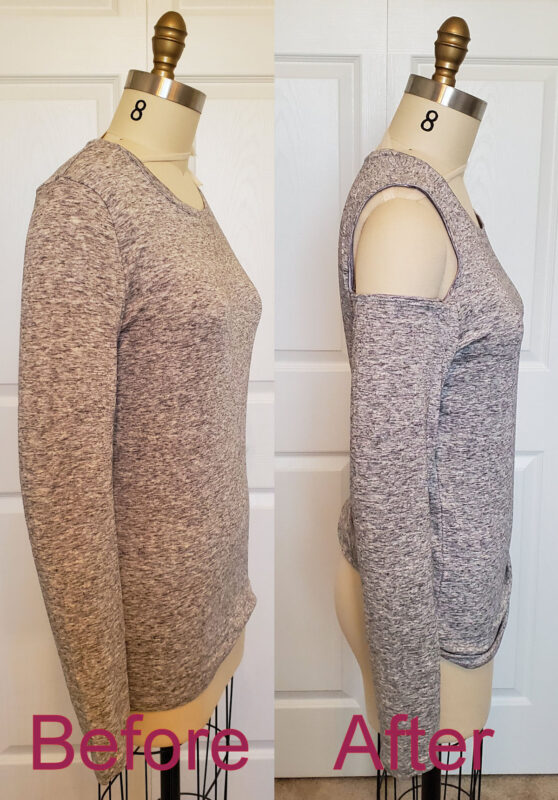
Circle Cold Shoulder
To create the half circle, begin cutting along the shoulder seam and downward to create an arc. Piviot your scissors and cut across the sleeve to create a semi-circle cut out.
To create the circle cold shoulder, cut a circle shape from the sleeve area. This can be started on the sleeve seam, or moved upward onto the shoulder itself to give a bit more of a tank-like appearance.
For both views (half and full circle) continue as follows:
Measure the opening you just cut. (For example the opening on this shirt was 18 1/2″)
Next you’ll want to create a binding strip to finish the edges of your sleeves. To do this, you will need to cut a band of knit material so that the greatest amount of stretch is going across the longest edge of your fabric. To determine the length of the band, you’ll want to reduce the measurement from above by 10% and add 1/2″ (For example, my opening is 18 1/2″. When reduced, it would be approximately 16 5/8″ + 1/2″ for a total of 17 1/8″). No matter what your length is, the width is always cut 1 1/2″. Cut two binding strips, one for each shoulder.
On each band, sew the short ends together to create a loop.
With wrong sides together, fold bands in half, matching raw edges. Press.
Divide both the bands and the sleeve openings into quarters and mark. With right sides together, pin the binding to the sleeve opening, matching markings. Pin in place.
Sew the band to the sleeve using a 1/4″ seam allowance and a zigzag or stretch stitch. Stretch the binding slightly to fit if necessary, but do not stretch the shirt while sewing. This will prevent overstretching of the fabric which will make for a “floppy” cold shoulder.
Fold binding to the wrong slide of sleeve opening and topstitch in place.
What you might also like
2 comments on “Cold Shoulder Tops Three Different Ways”
-
-
Mine essentially has a strap attached to the arm that is “worn” around the neck of the dress form. It was designed to be sold with it, but I have seen some sold on ebay. FYI, mine is not lightweight, so if your dressform easily tips over, it may be a problem depending on what you would buy.
-
Leave a Reply
You must be logged in to post a comment.

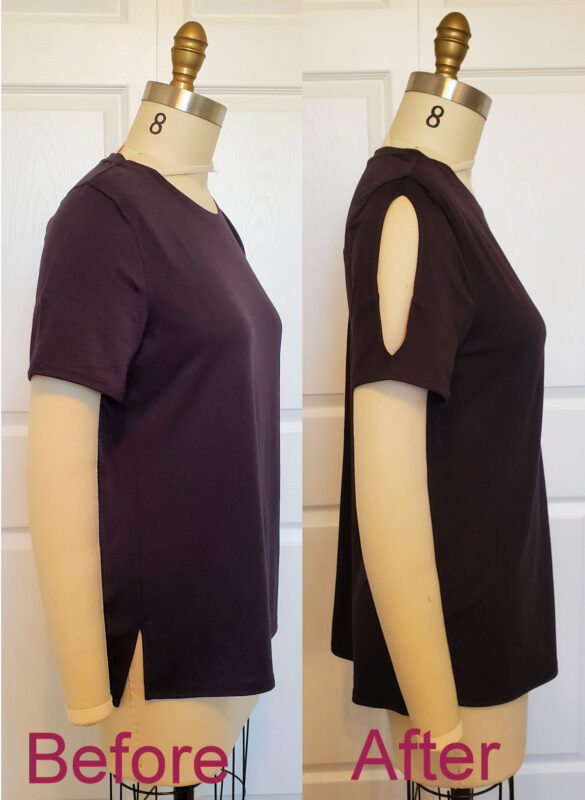
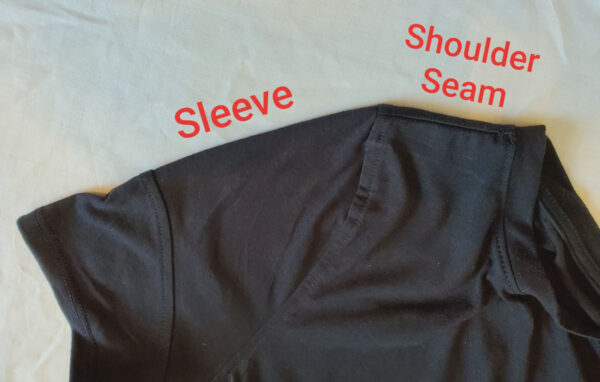
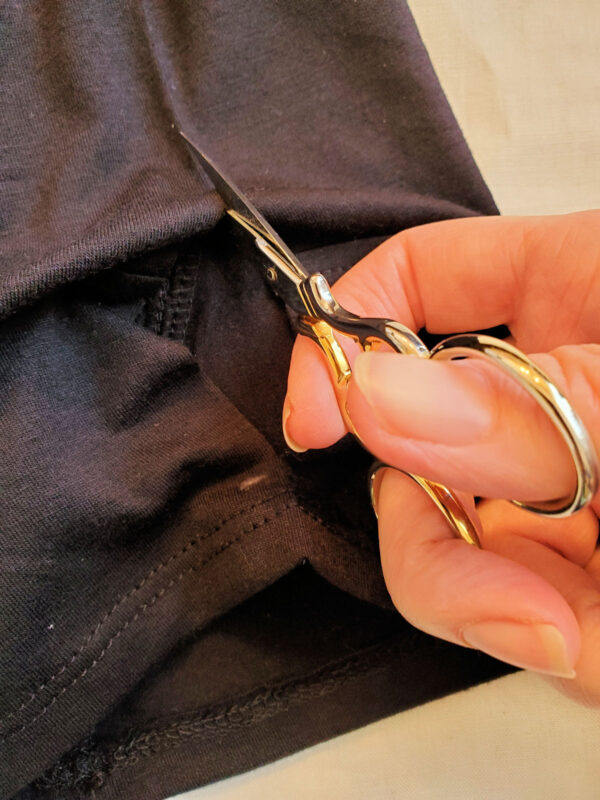
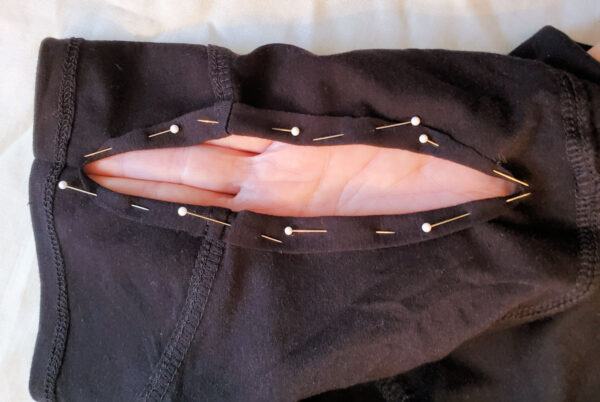
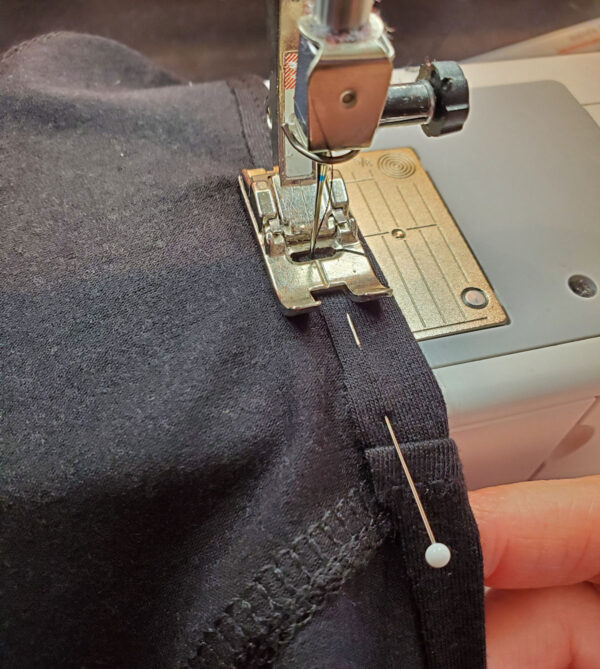
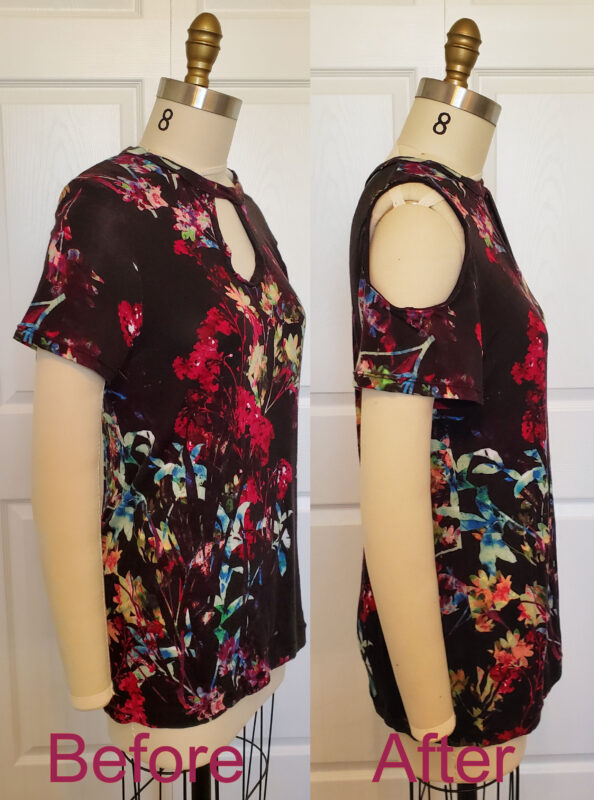
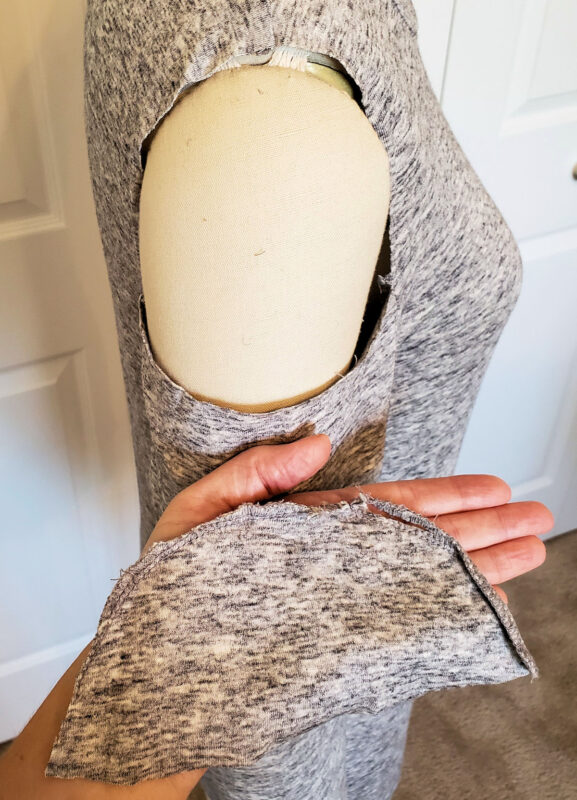
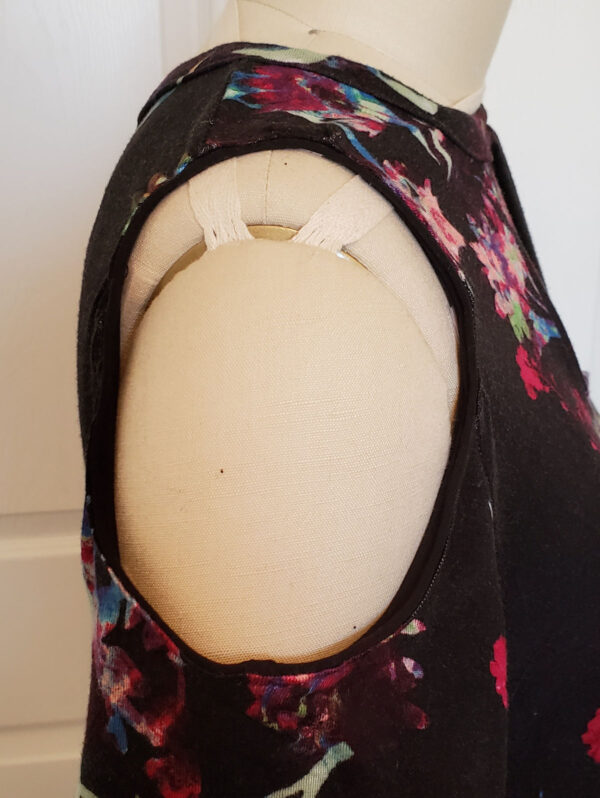
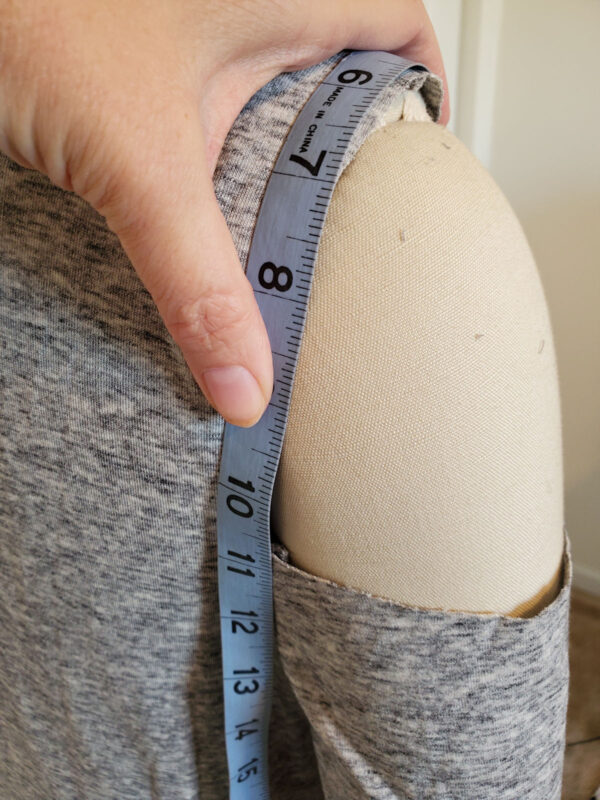

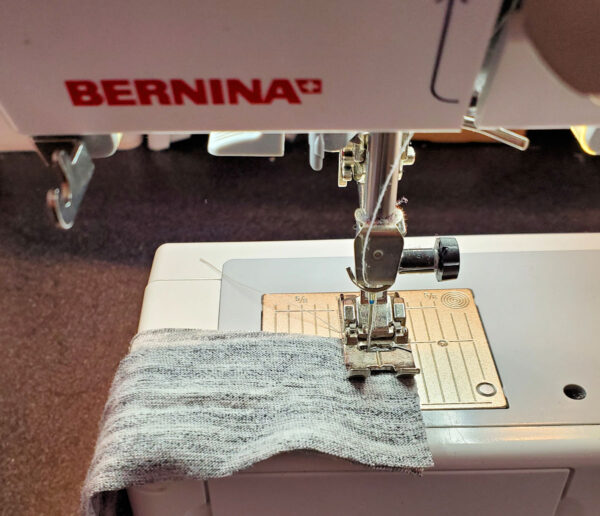
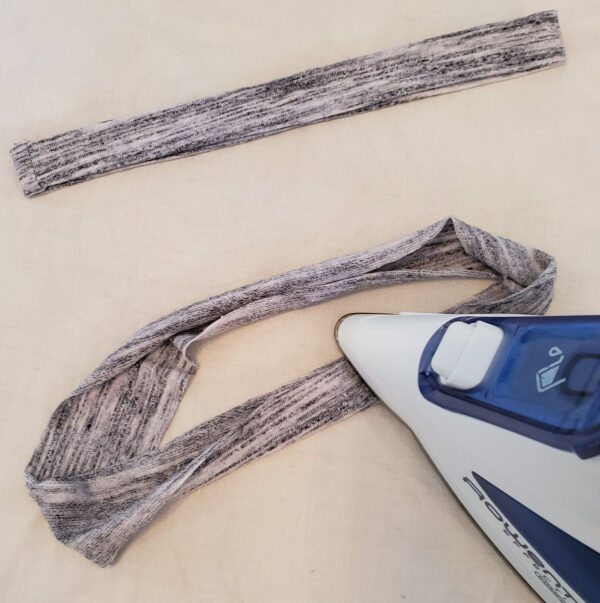
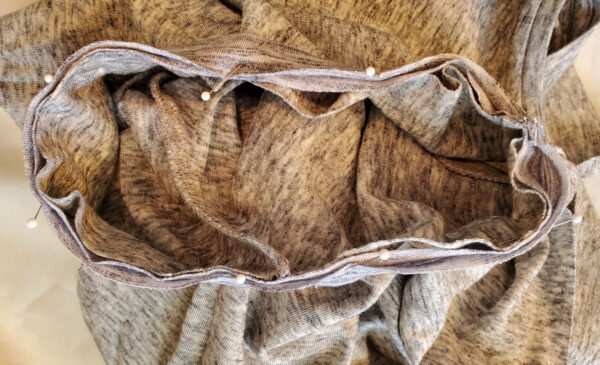
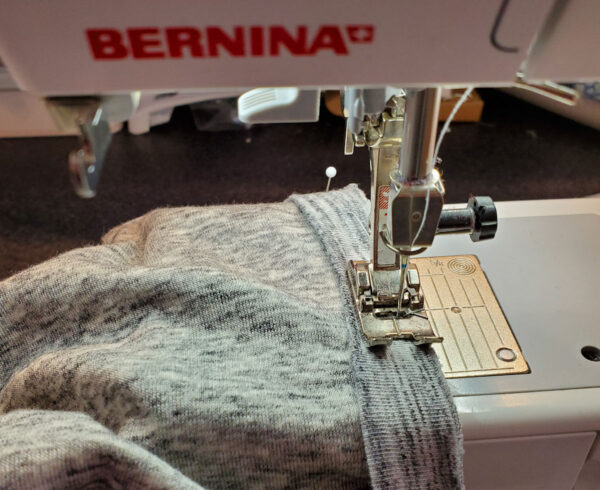
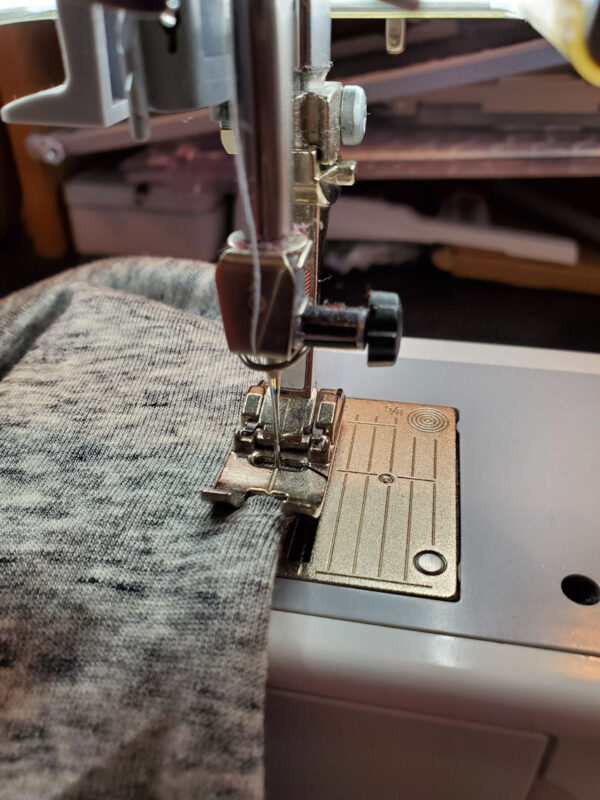

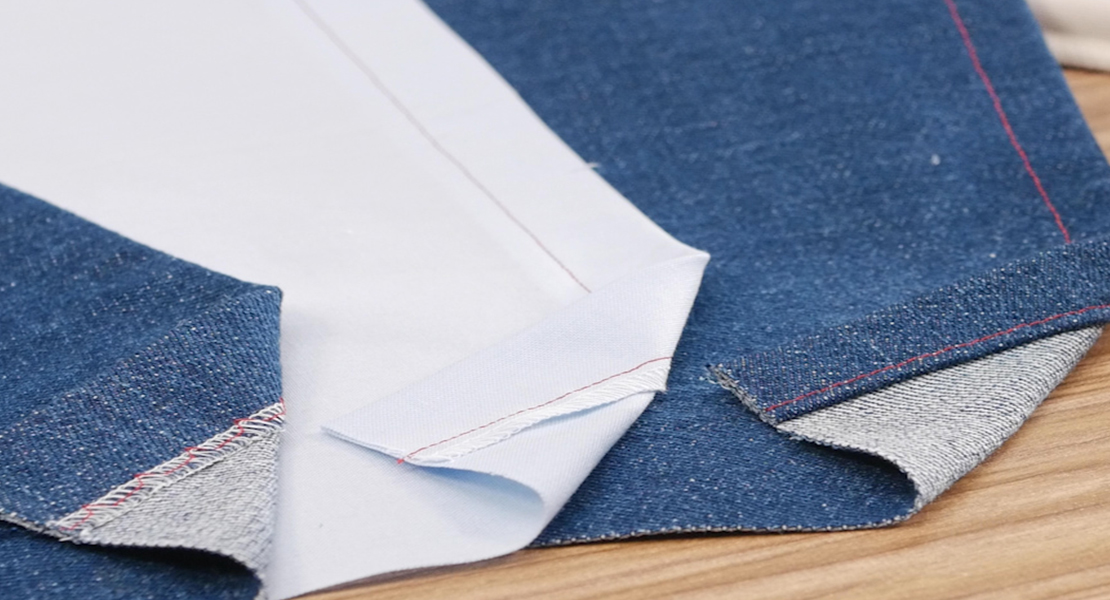
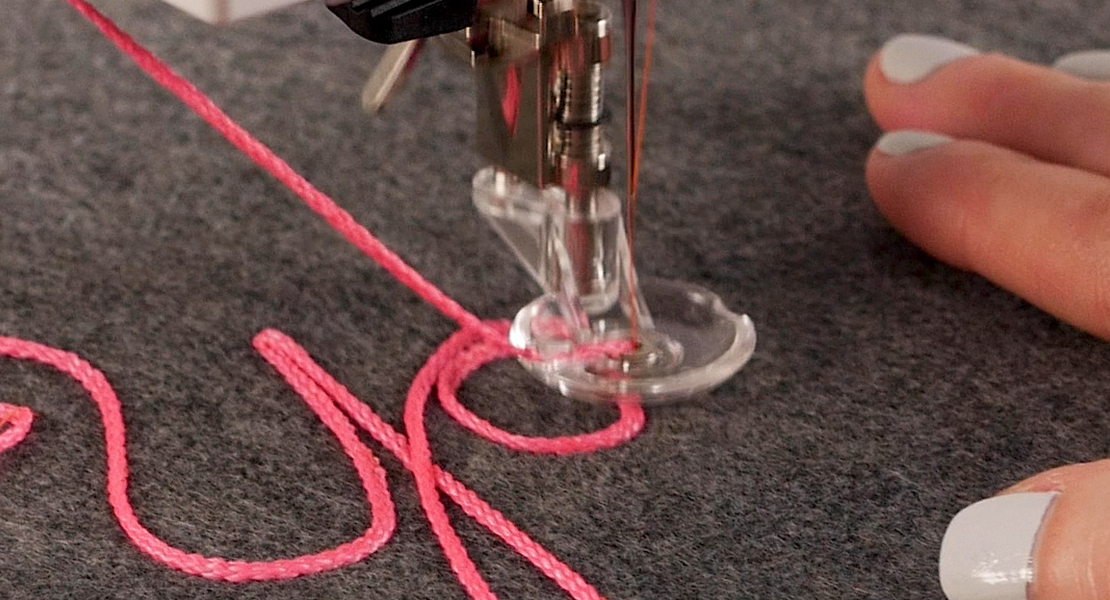
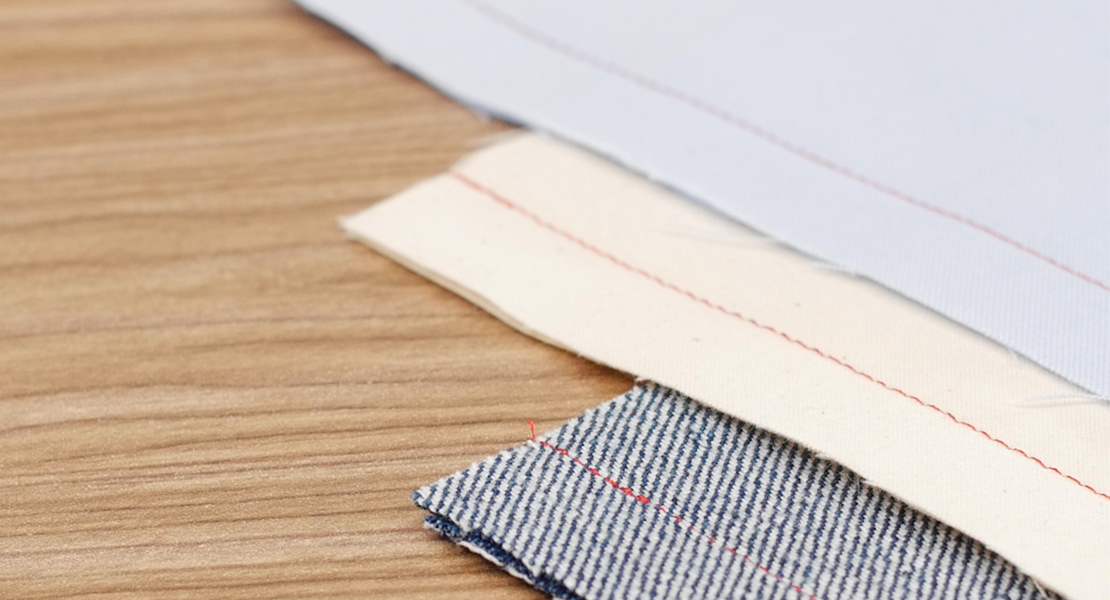
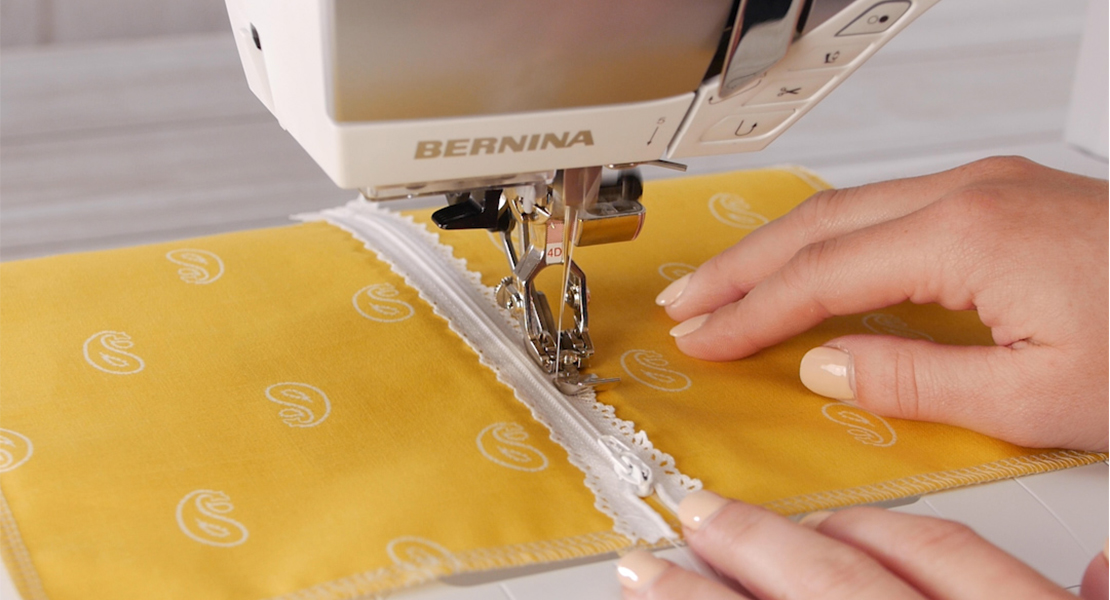
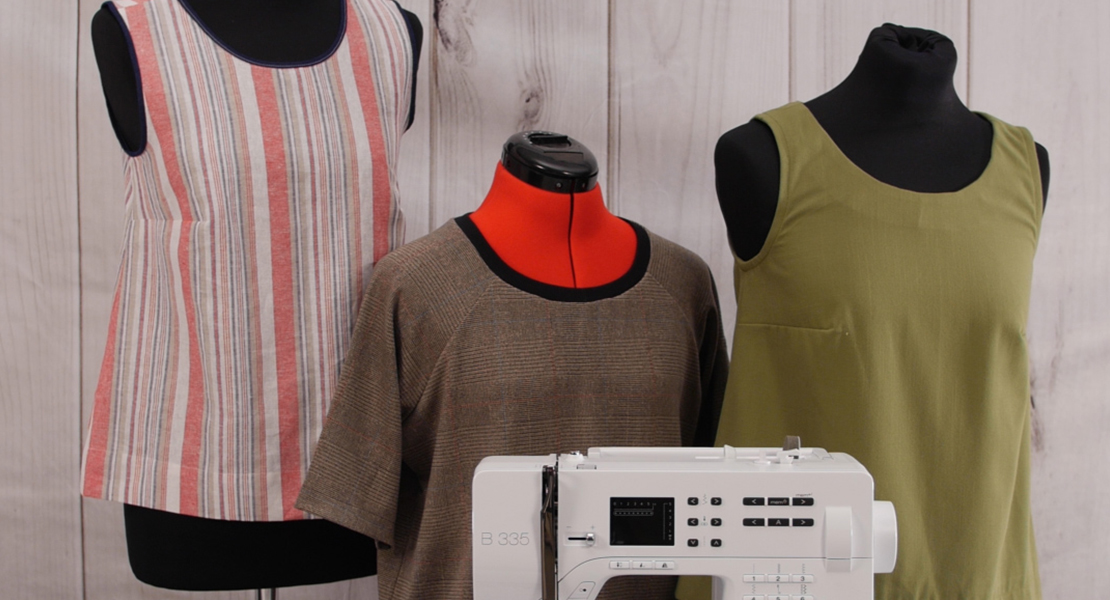
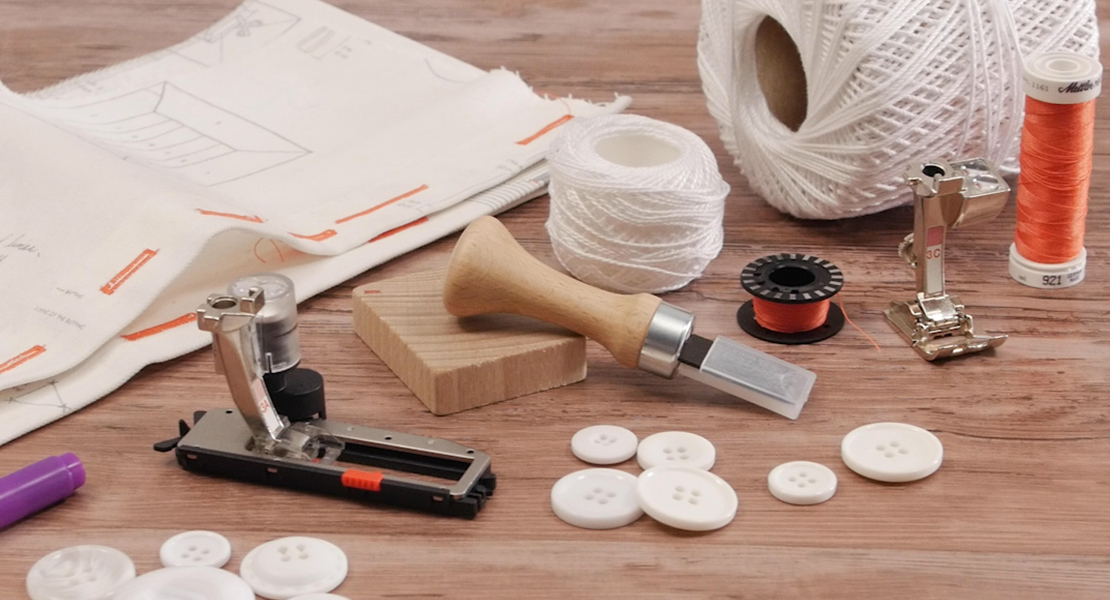
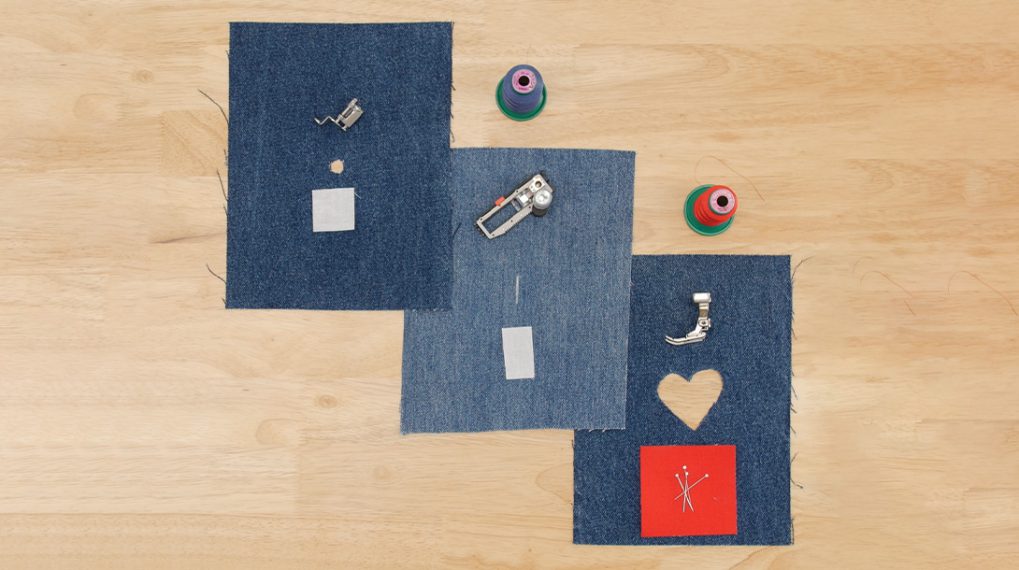

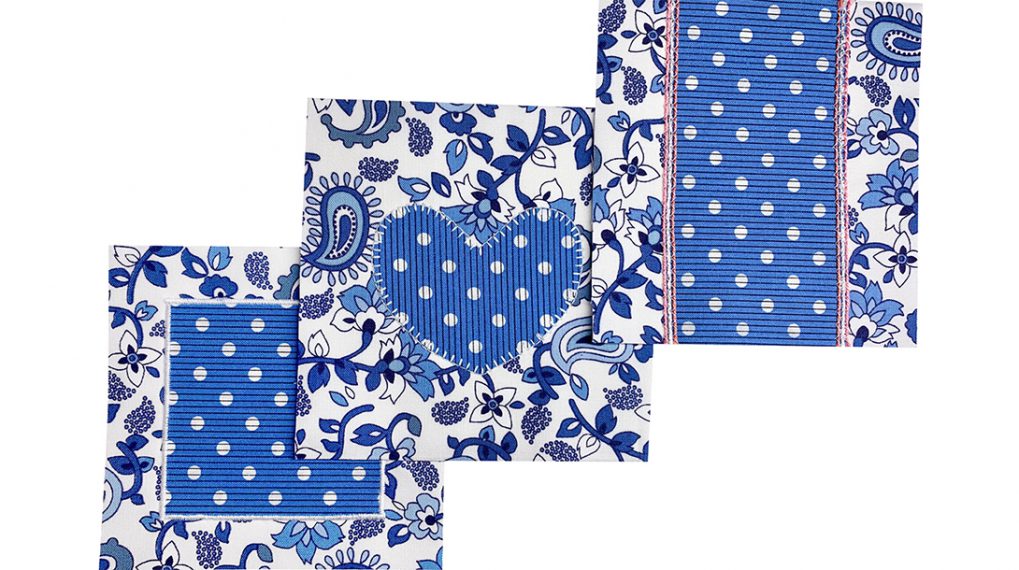
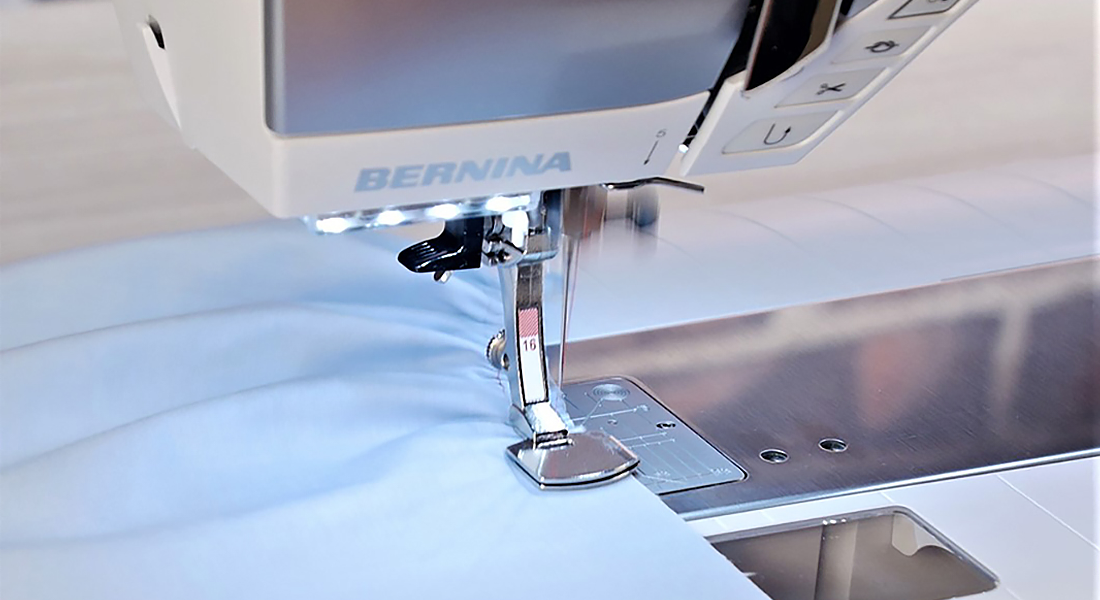

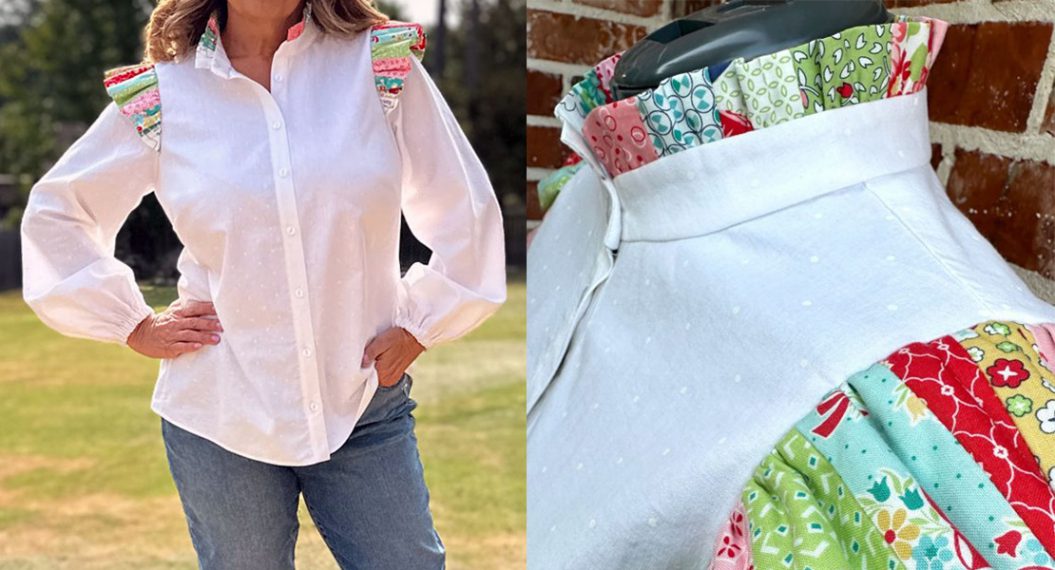
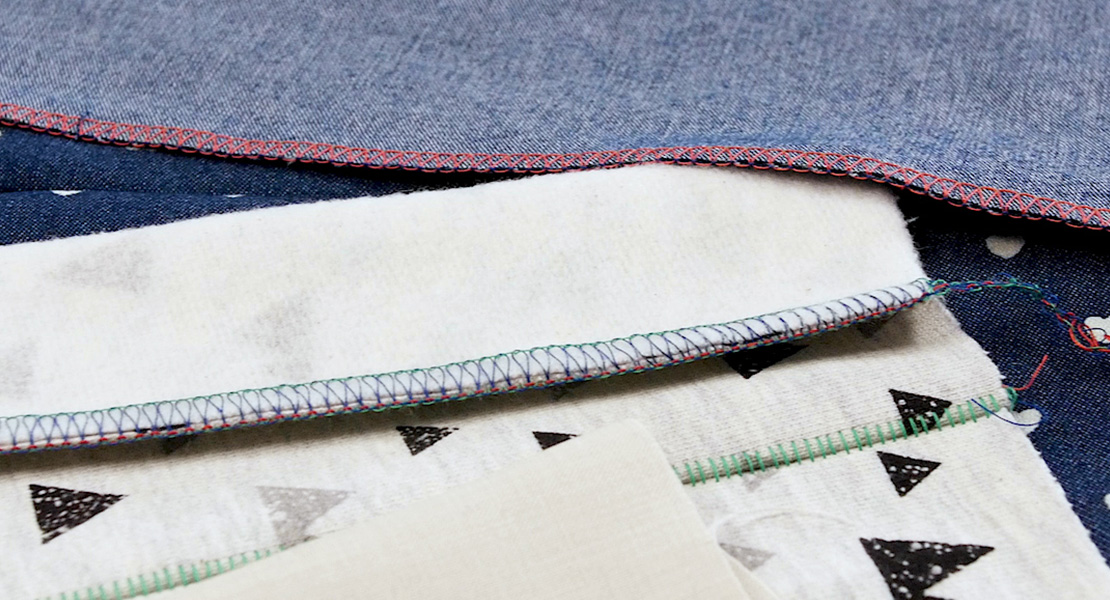
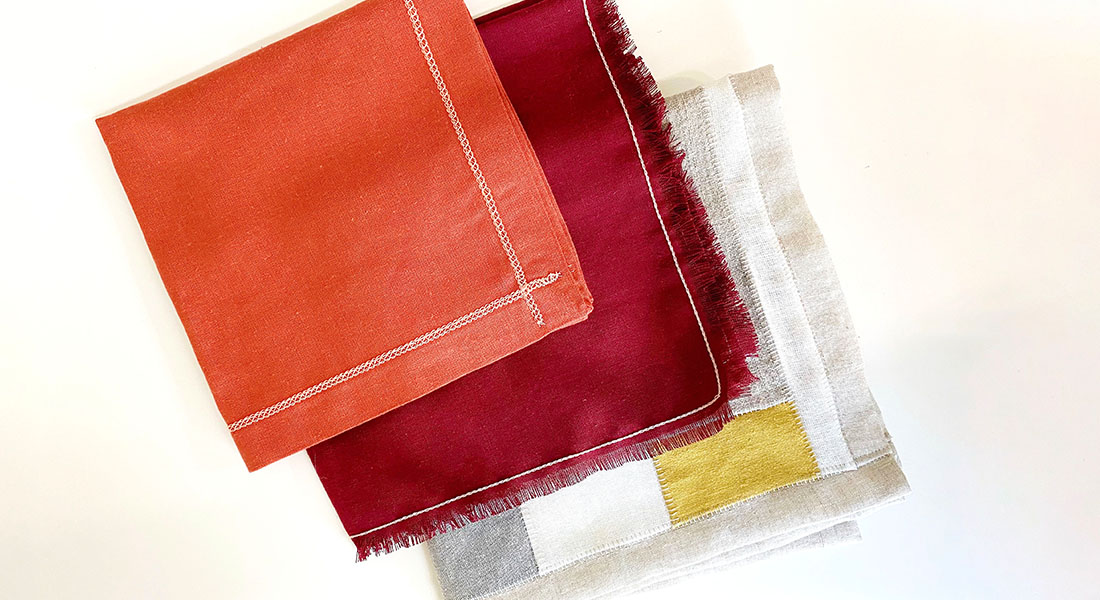
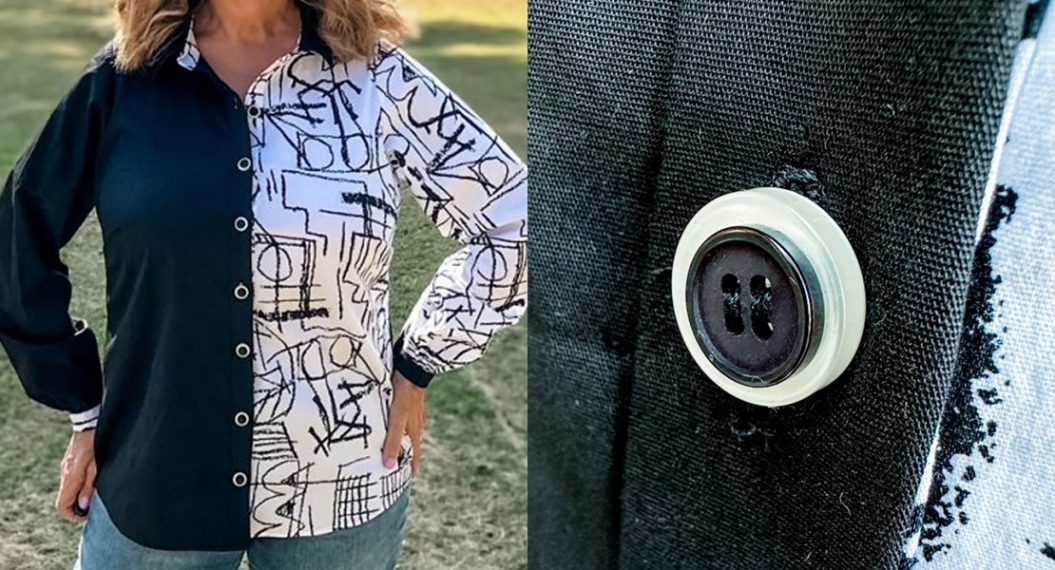


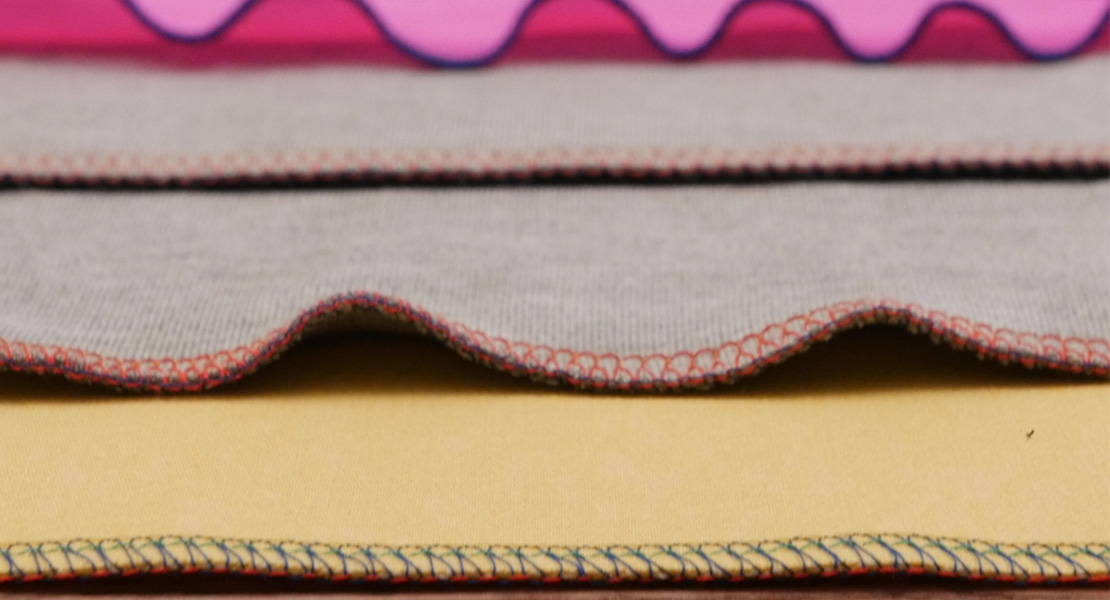
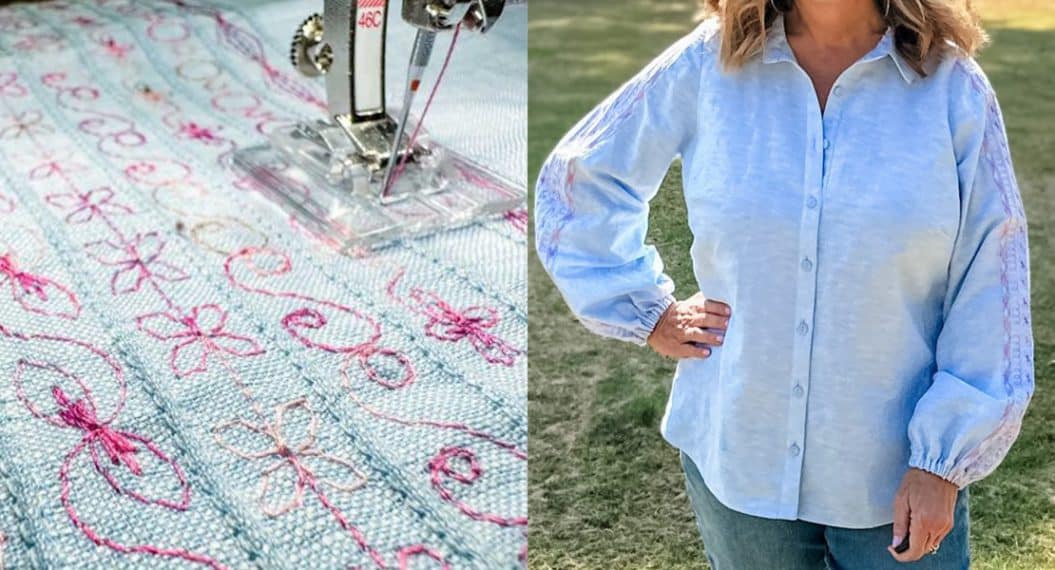
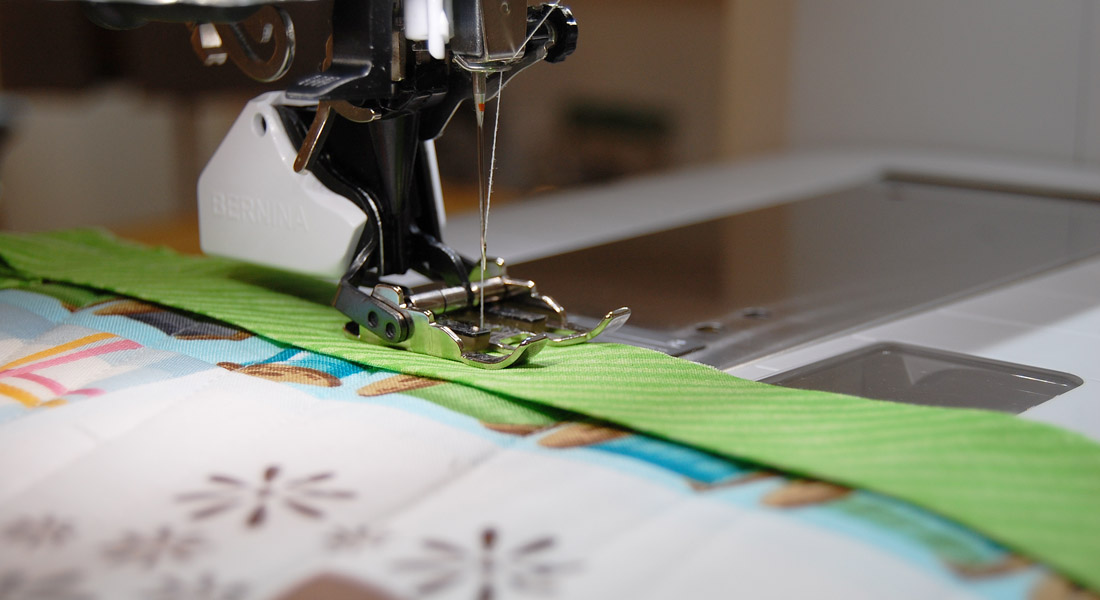
Neat ideas! How can I attach arms to my dress form? It does not have arms or shoulders?